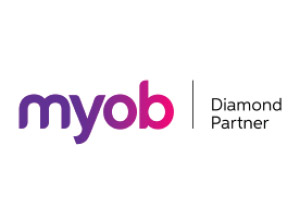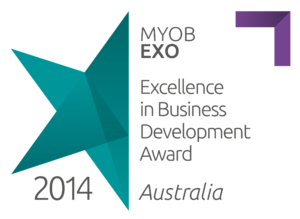Comparing ERP Packages: Sage 300
Comparing MYOB Exo with Sage 300Sage 300 is an integrated, on-premise or cloud-based business enterprise solution designed for finance and operations.
The Pros: What Sage 300 does well
- Modern web-based interface
- Design and capabilities can be readily customised
- Strong financial management tools and processes
- Highly Adaptable for finance and operations
- Unified business intelligence and reporting provides access to data anytime, anywhere
- Powerful analysis improves decision making
- Real-time management of warehouse inventory
- Enables multiple geographies and users with multi-currency and language translation functionality
- Enables multiple functions to be managed concurrently
- Integrated functions encourages collaboration and sharing of information
- Enables centralised management of resources, products and services
- Quick start guides make it easy for users to adopt
- Customer relationship management can be integrated
- Total cost of ownership can be controlled
- Automated workflows improve business controls
The Cons: Where Sage 300 could do better
- Does not readily accommodate localised use
- The modular approach means that additional modules may be additional or not yet available
- Customisation and drill-down reporting could be improved
- Crystal reporting is used
- Limited use of widgets in dashboard
- Integrating through SDK may be difficult and expensive
- Fulfils utilising batch processing
- Internal innovation is limited as Sage focuses on acquiring new products
Sage is suited to:
- Small to medium-sized businesses
























